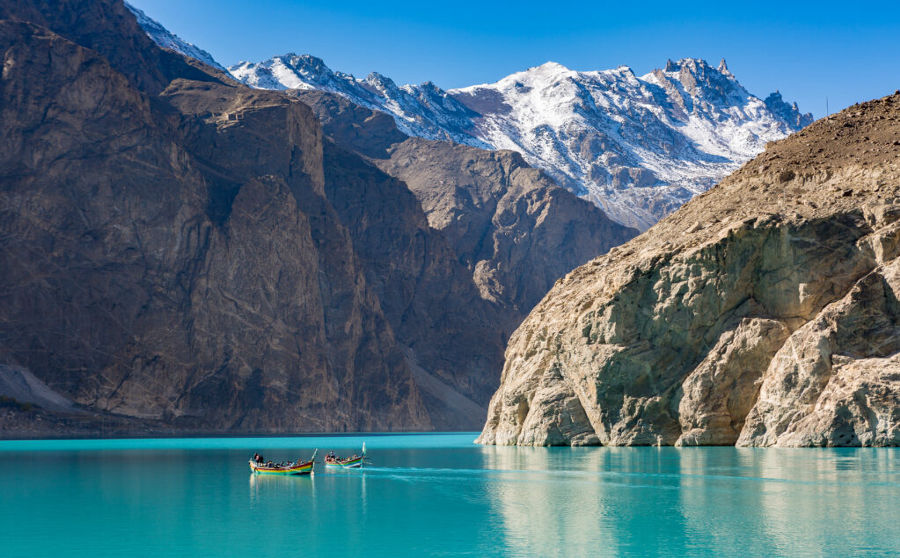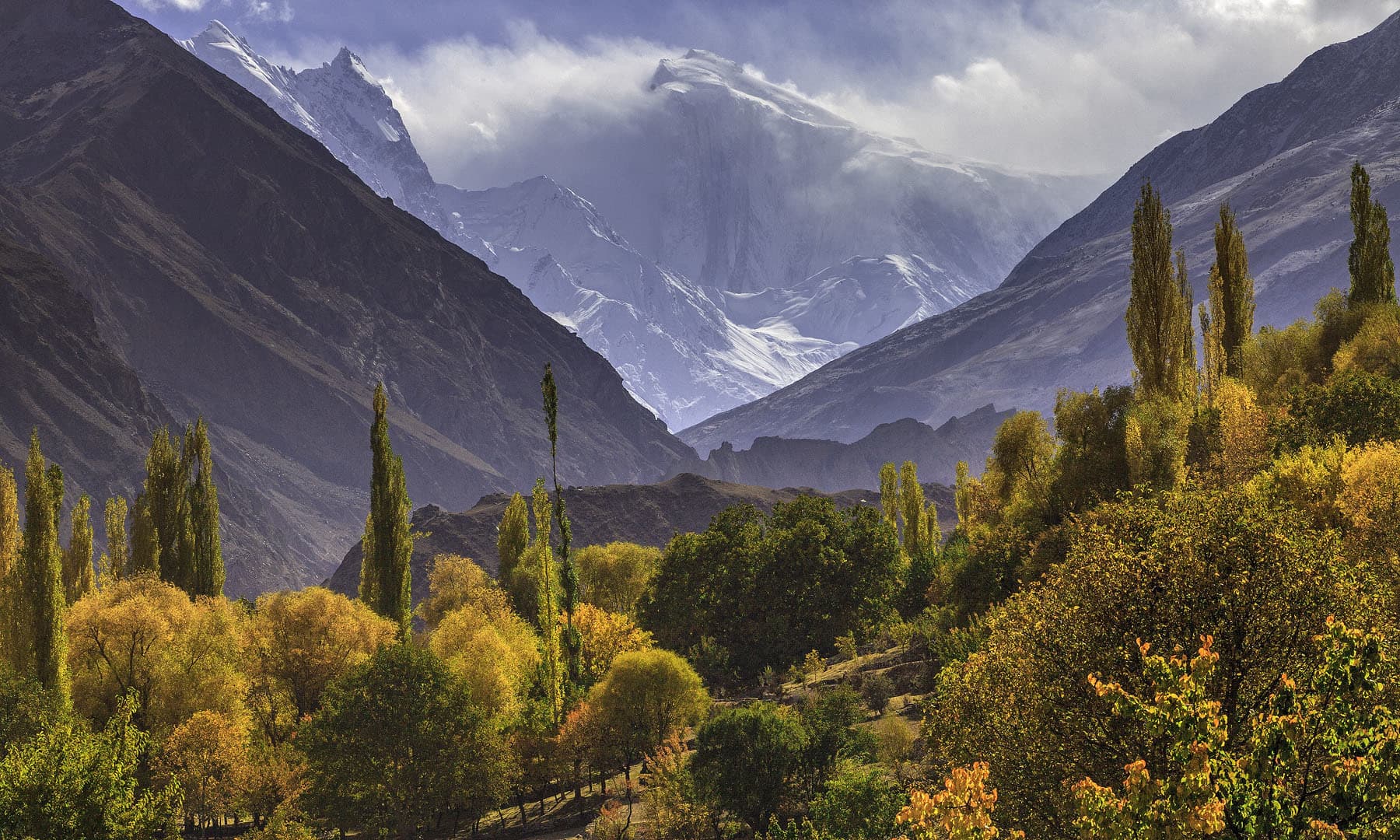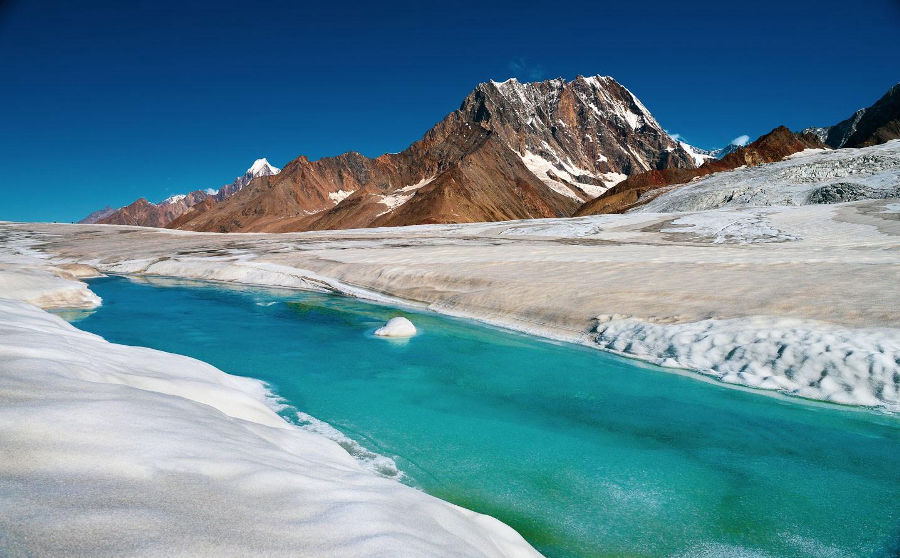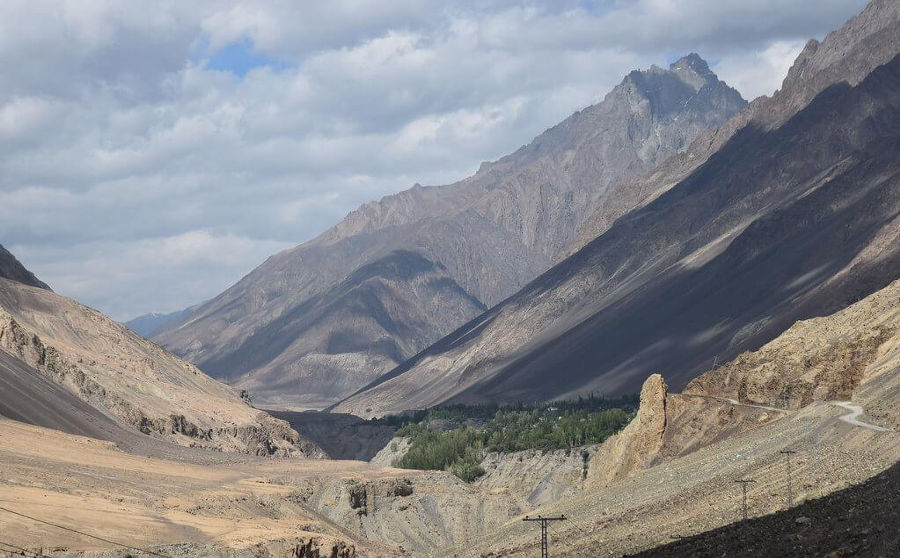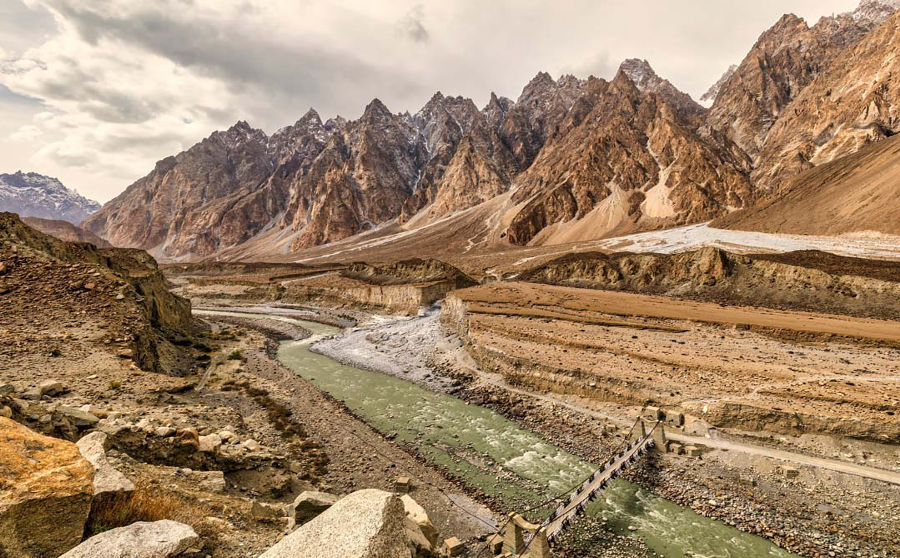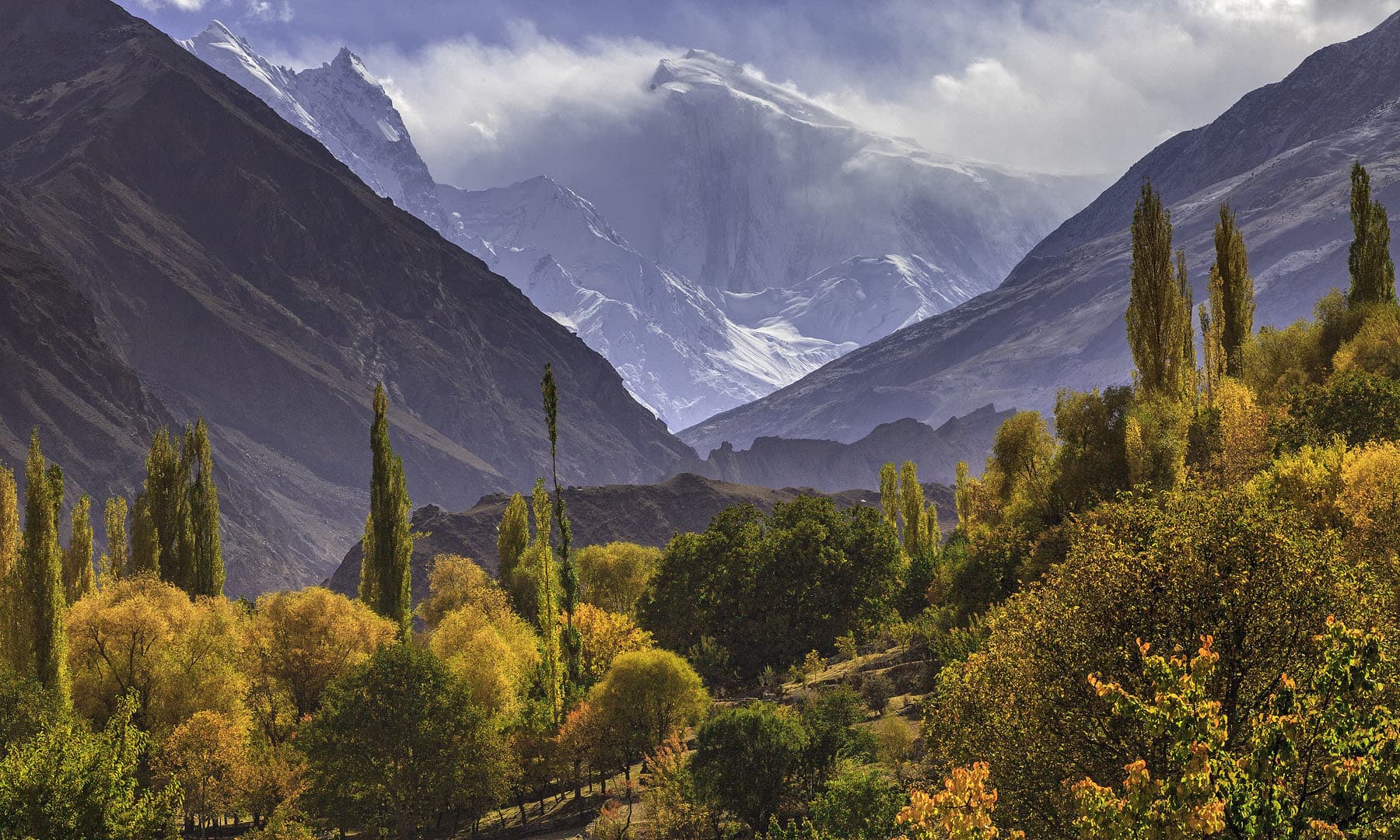Gilgit-Baltistan, a breathtaking region in northern Pakistan, is a dream destination for adventurers, nature lovers, and history buffs. Nestled in the lap of the Karakoram, Himalayas, and Hindu Kush ranges, this enchanting area boasts towering peaks, stunning valleys, pristine lakes, and a rich cultural heritage. Whether you’re an explorer seeking thrilling treks, a history enthusiast admiring ancient Buddhist rock carvings, or a traveller yearning for serene landscapes, Gilgit-Baltistan offers an experience like no other.
A Glimpse into Gilgit-Baltistan’s History
Gilgit-Baltistan has a history deeply intertwined with the ancient Silk Road, serving as a vital trade hub for centuries. The region has witnessed the influence of Buddhist, Tibetan, Persian, and Islamic cultures, with remnants of these eras still visible in its architecture, rock carvings, and traditions. Once a Buddhist stronghold, it transitioned to an Islamic centre after the 14th century. Today, the Karakoram Highway (KKH) acts as a modern counterpart to these ancient trade routes, connecting Pakistan with China.
Gilgit: The Bustling Gateway to the North
Gilgit, the administrative and commercial hub of Gilgit-Baltistan, serves as the primary entry point for travellers exploring the region. Nestled along the Gilgit River, this vibrant town is a blend of history, culture, and modern-day conveniences. From the ancient Kargah Buddha rock carvings to the lively Gilgit Bazaar, the city offers a mix of historical exploration and local experiences. It also serves as a transit point for adventurers heading towards Hunza, Skardu, and Fairy Meadows, making it a must-visit destination for those embarking on a northern odyssey.
FUN FACT:
Gilgit-Baltistan is home to five of the 14 highest peaks in the world, including K2, making it a paradise for mountaineers and adventure seekers.Baltistan: The Land of High Peaks and Valleys
Baltistan, often referred to as the “Tibet of Pakistan,” is a land of soaring mountains, deep valleys, and rich cultural heritage. Home to the mighty Karakoram Range, including K2 (8,611m), Baltistan is a paradise for mountaineers and adventure seekers. Skardu, the region’s largest town, serves as the gateway to Shigar, Khaplu, and Deosai National Park, where visitors can experience breathtaking landscapes and unique Balti culture. The region is also known for its distinct Tibetan-influenced architecture, ancient forts like Shigar Fort and Khaplu Palace, and warm hospitality. Whether you’re exploring the serene Sheosar Lake or the mesmerizing Katpana Desert, Baltistan promises an unforgettable journey.
Language & Oral Traditions
The region boasts a linguistic diversity, with Balti, Shina, Burushaski, Wakhi, and Khowar being widely spoken. These languages carry centuries-old oral traditions, including folk tales, poetry, and songs that reflect the cultural richness of Gilgit-Baltistan. Storytelling remains an integral part of local heritage, preserving history and wisdom through generations.
Traditional Attire & Handicrafts
The traditional attire of Gilgit-Baltistan varies by region. Men often wear woollen caps, called “Pakol” or “Balti Cap,” while women adorn embroidered dresses with colourful headscarves. Handicrafts such as handwoven woollen carpets, pashmina shawls, apricot wood carvings, and gemstone jewellery are highly valued, showcasing local craftsmanship and cultural pride.
Geography, Climate, and Best Visiting Seasons
Geography
Gilgit-Baltistan is home to some of the world’s most dramatic landscapes:
- Karakoram Range: Hosts K2, the world’s second-highest peak.
- Himalayas & Hindu Kush: Provide stunning mountain scenery and diverse ecosystems.
- Rivers & Lakes: Indus River, Attabad Lake, and Sheosar Lake add to its beauty.
Climate
- Spring (March-May): Blooming flowers and comfortable temperatures.
- Summer (June-August): Ideal for trekking and sightseeing, with temperatures between 15°C-35°C.
- Autumn (September-November): Stunning golden foliage, perfect for photography.
- Winter (December-February): Snow-covered landscapes, best for winter sports.
Best time to visit: Summer and autumn offer the most favourable conditions for adventure and sightseeing. Check the latest live forecast for Gilgit-Baltistan weather here.
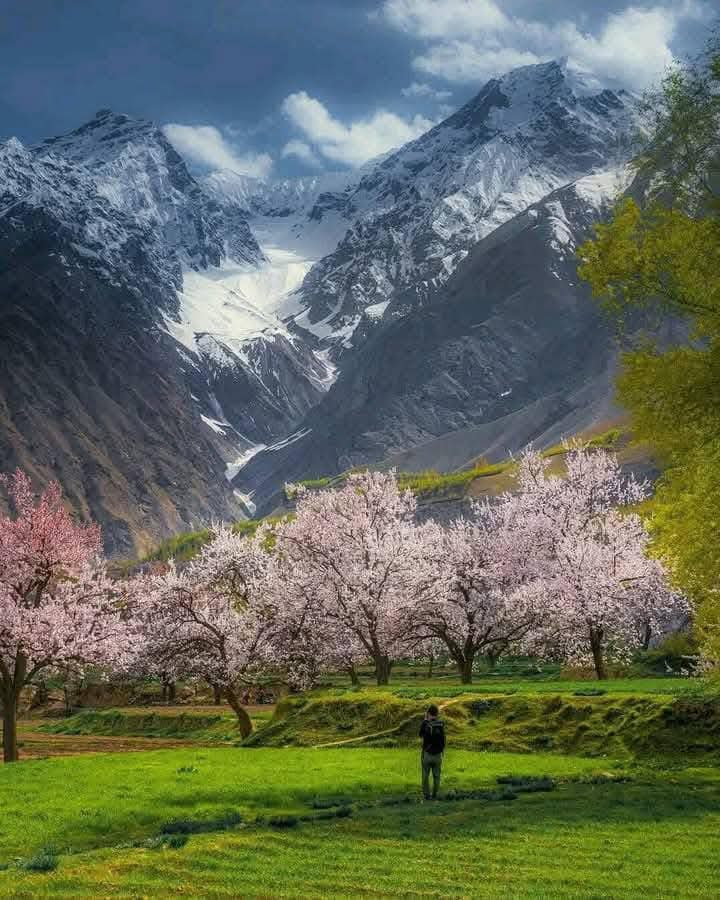


Adventure Tourism – Peaks, Treks, and Glaciers
Famous Peaks in Gilgit-Baltistan
- K2 (8,611m): The ultimate challenge for mountaineers.
- Nanga Parbat (8,126m): Known as the “Killer Mountain.”
- Rakaposhi (7,788m): A breathtaking sight from Hunza Valley.
- Ladyfinger Peak (6,000m): A striking granite spire near Karimabad.
Top Trekking Trails in Gilgit-Baltistan
- Naltar Valley Trek: Leads to the beautiful Naltar Lakes.
- Rakaposhi Base Camp Trek: Offers a close-up view of Rakaposhi Peak.
- Fairy Meadows & Nanga Parbat Base Camp: One of Pakistan’s most scenic treks.
Glaciers in Gilgit-Baltistan
- Batura Glacier: One of the world’s longest glaciers.
- Baltoro Glacier: Leads to K2 Base Camp.
- Passu Glacier: A breathtaking sight near Passu Cones.
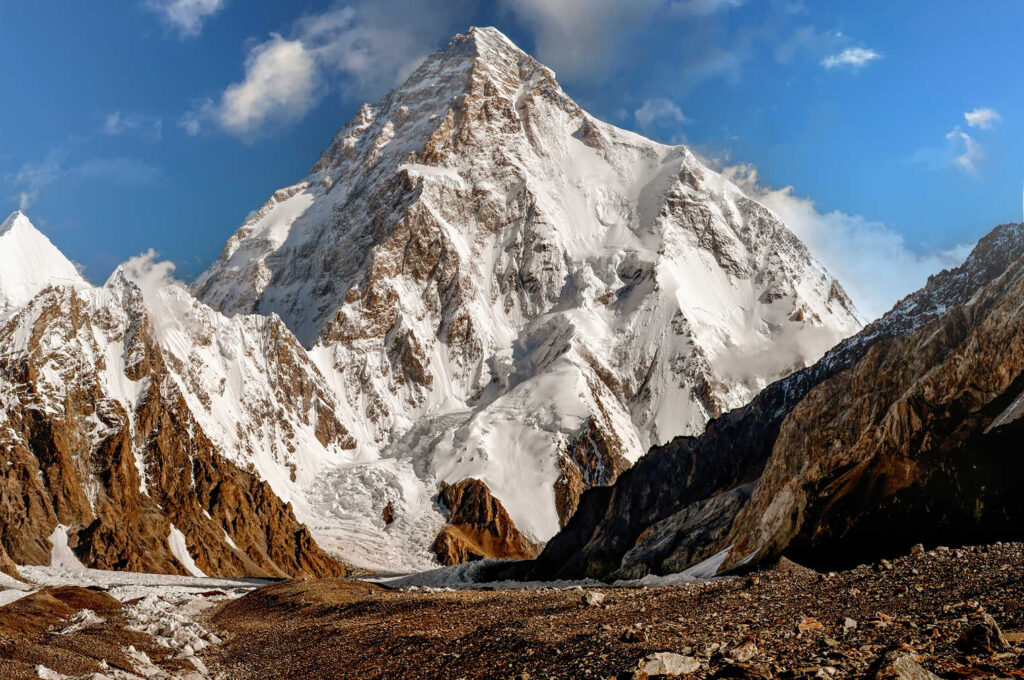
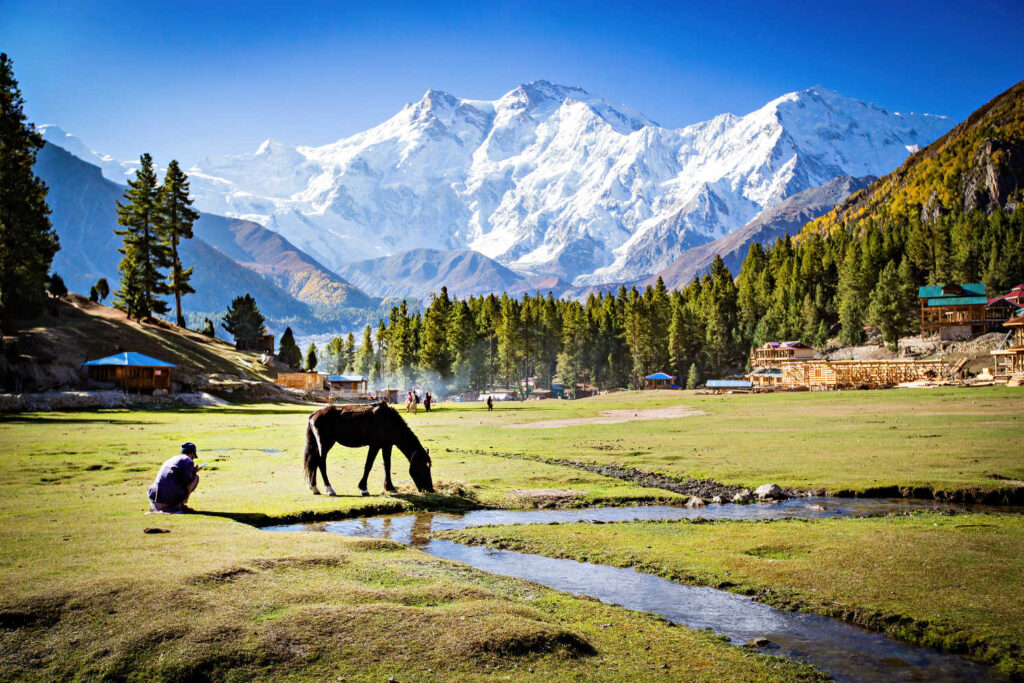
Cultural and Historical Heritage
Ancient Sites and Landmarks
- Buddha Rock Carvings: Found near Skardu and Gilgit, dating back centuries.
- Kargah Buddha: A 7th-century carving symbolising the region’s Buddhist history.
- Altit & Baltit Forts: Stunning remnants of Hunza’s historical grandeur.
- Manthokha Waterfall: A scenic gem in Kharmang Valley.
Local Traditions
- Polo Matches: A celebrated sport, with tournaments like Shandur Polo Festival.
- Handwoven Wool Crafts: Beautiful handmade shawls, carpets, and rugs.
- Apricot Orchards: A vital part of local life and economy.
Cuisine, Local Crafts & Festivals
Traditional Dishes
- Chapshuro: A delicious meat-filled pastry.
- Mamtu: Steamed dumplings with spiced meat filling.
- Balay (Noodle Soup): A comforting winter dish.
- Apricot Oil Dishes: Used for cooking and skincare.
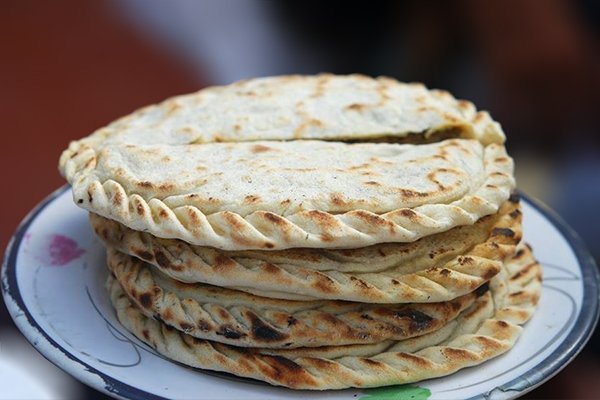
Local Festivals
- Shandur Polo Festival: A thrilling high-altitude polo match.
- Babusar Polo Festival: Another exciting polo event.
- Spring Blossom Festival: Celebrates the arrival of spring.
Accessibility and Transportation Details
How to Reach Gilgit-Baltistan
- By Air: PIA operates flights from Islamabad to Gilgit and Skardu.
- By Road: The Karakoram Highway (KKH) connects Islamabad, Gilgit, Skardu, and China.
- By Bus: Several services operate from Islamabad to Skardu and Gilgit (10-15 hours).
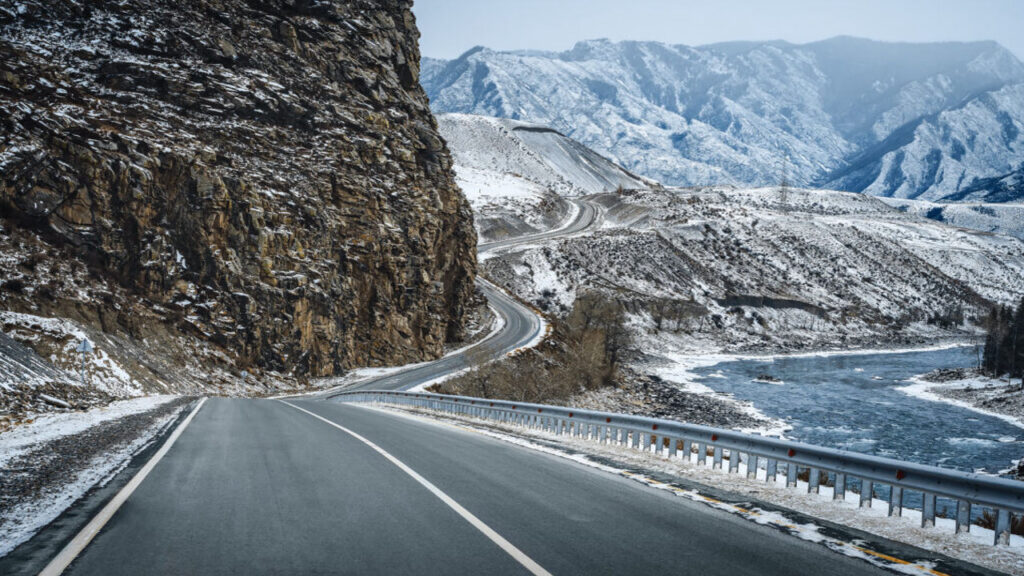

Accommodation Options
Hotels & Guesthouses
- Serena Hotel Gilgit: Luxury stay with stunning mountain views.
- Shangrila Resort Skardu: Famous for its “Heaven on Earth” setting.
- Riverdale Resort: A comfortable stay near Gilgit River.
Camping Spots
- Naltar Valley: Perfect for stargazing and adventure.
- Deosai National Park: One of the highest plateaus in the world.
Top Attractions in Gilgit-Baltistan
Must-Visit Places
- Hunza Valley: Home to Karimabad, Attabad Lake, and Passu Cones.
- Skardu: Gateway to Shangrila, Satpara Lake, and Kachura Lake.
- Deosai National Park: Known as the “Land of Giants”.
- Hussaini Suspension Bridge: One of the world’s most thrilling crossings.
- Fairy Meadows: Offers the best view of Nanga Parbat.
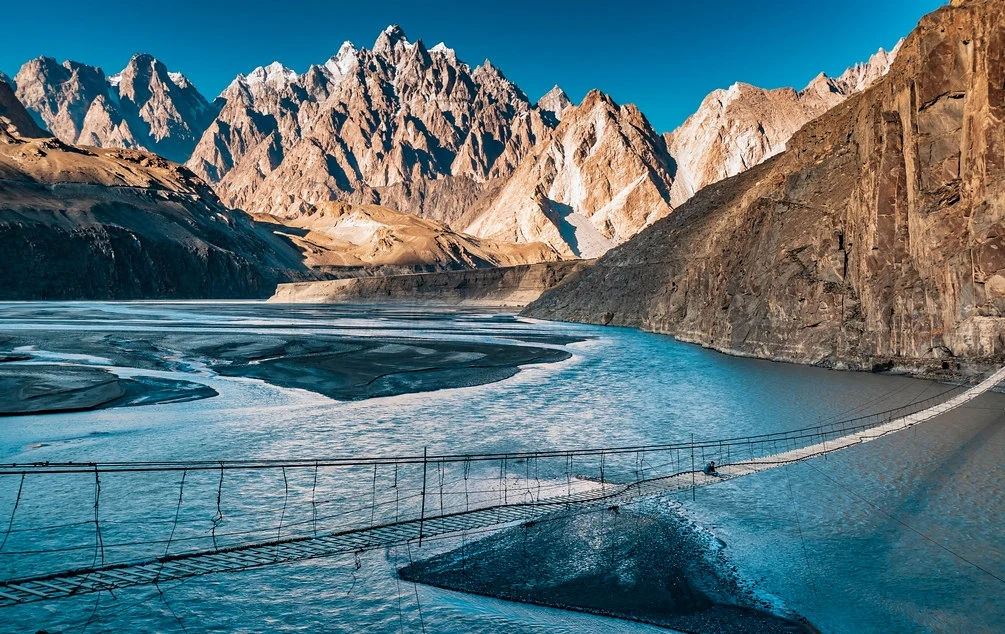

Activities in Gilgit-Baltistan
- Trekking & Hiking: Countless trails to explore.
- Fishing: Gilgit-Baltistan’s rivers are home to trout and other freshwater fish.
- Photography: Capture stunning landscapes and cultural heritage.
Travel Tips
- Packing Essentials: Warm clothes, trekking gear, and a power bank.
- Local Etiquette: Dress modestly and respect local customs.
- Safety Advice: Check weather conditions before travelling.
Gilgit-Baltistan is waiting—pack your bags and explore the magic of the north!

Frequently Asked Questions
Is Gilgit-Baltistan safe for tourists?
Yes, but always check travel advisories.
What is the best season to visit?
Summer and autumn are ideal.
What currency is used?
Pakistani Rupees (PKR).
Are there ATMs?
Yes, but cash is recommended for remote areas.
Can foreigners visit?
Yes, but some areas require an NOC.
What souvenirs should I buy?
Handwoven carpets, gemstones, and handicrafts.

